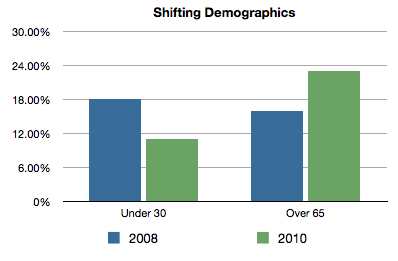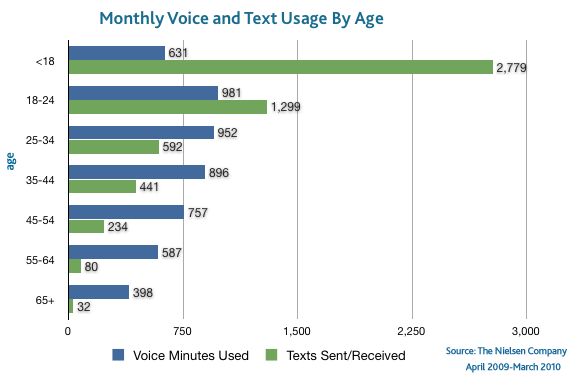An iVillage slide show featuring birth control advice for women, sent in by Corina C., is a good demonstration of the norming of a particular life course. First, organized by the decade of life, the slide show starts with women in their 20s. No sex for teenagers (at least not any that the slide show is going to acknowledge).
“In Your 20s… Because You Need to Get in the Habit”:
Second, the slide show assumes that women will be having children in their 30s, not in their 20s, and not in their 40s.
“In Your 30s… Because You’ll Want to Start a Family Soon” (not maybe or if):
“In Your 40s… Once You’re Through Making Babies” (reiterating that you will have babies and also that you’ll be finished by then):

Finally, the slide show acknowledges and even embraces the possibility of a relationship ending, presumably due to death or divorce (but apparently only after those kids are up and out of the house).
“At 50 and Beyond… When You Start a New Relationship”:

By organizing birth control needs according to age, the slide show teaches viewers a socially-approved timeline for our sexual, marital, and reproductive lives. Teen sex is invisible, having children in your 30s is ideal, and the end of a relationship is an option but, as Corina points out, not having children is not.
Lisa Wade, PhD is an Associate Professor at Tulane University. She is the author of American Hookup, a book about college sexual culture; a textbook about gender; and a forthcoming introductory text: Terrible Magnificent Sociology. You can follow her on Twitter and Instagram.









